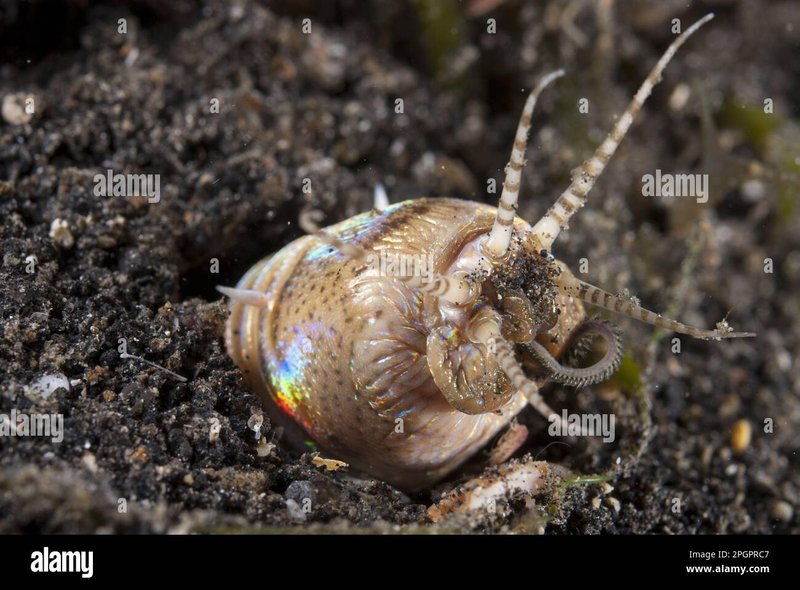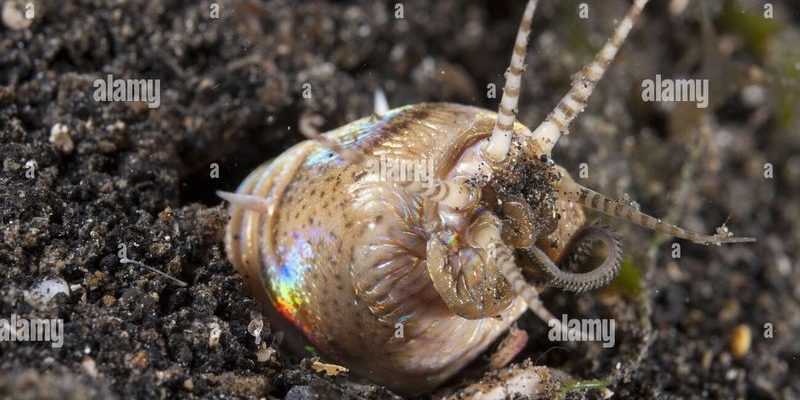
Feeding a bobbit worm is a bit like preparing a meal for a picky eater who only enjoys certain flavors. These worms are carnivores and prefer live prey, making their dietary needs unique. A bobbit worm can reach impressive lengths and can live for many years in a well-maintained aquarium. If you’re considering keeping one—or if you already have one but are unsure about feeding protocols—let’s dive into the best practices for keeping your bobbit worm healthy and happy.
Understanding the Bobbit Worm’s Diet
Bobbit worms are primarily carnivorous, which means they feast on a variety of live food. In the wild, they tend to ambush fish and other small marine animals. This predatory behavior is essential for their growth and health. When caring for these worms, it’s crucial to replicate their natural feeding environment as closely as possible.
You might be wondering what constitutes a suitable diet for your bobbit worm. A mix of live foods is generally recommended. Here are some of their favorites:
- Small fish: Guppies and other small fish can be perfect prey.
- Crustaceans: Shrimp and crab can also be on the menu.
- Worms: Other types of worms, like bloodworms, can be excellent for variety.
It’s important to provide variety in their diet to ensure they get all the nutrients they need. Each of these food types offers different benefits, and mixing them can help prevent boredom in your bobbit worm’s diet.
How Often to Feed Your Bobbit Worm
Feeding schedules for bobbit worms can vary based on their size and age. Generally, juvenile worms will require feeding more often than adults. A good rule of thumb is to feed your bobbit worm every 3 to 5 days. However, you should keep an eye on their behavior and adjust accordingly.
Here’s how you might set up a feeding schedule:
- Juveniles: Feed every 3-4 days, offering small amounts of food.
- Adults: A feeding every 5-7 days is usually sufficient.
Remember, overfeeding can lead to water quality issues, which can harm your worm and other inhabitants of the tank. If you notice leftover food after a feeding session, you might want to cut back a little next time.
Feeding Protocols: Best Practices
When it comes to feeding your bobbit worm, following proper protocols is crucial for their health and your peace of mind. Here’s a step-by-step guide to make sure you’re doing it right:
1. **Choose Your Food**: Select fresh, lively food that’s appropriate for your worm’s size.
2. **Use Feeding Tongs**: Gently use feeding tongs to drop the food near the worm’s burrow. This mimics the natural way they would catch prey.
3. **Observe**: Watch how your bobbit worm reacts. If it grabs the food quickly, that’s a good sign! If it ignores it, you may want to try a different type of prey next time.
Feeding can be a fascinating experience, watching how these worms hunt and eat. Just remember that every creature is unique—your bobbit worm may develop specific preferences!
Safe Handling When Feeding
Handling food appropriately is just as important as what you feed them. It’s crucial to ensure that any live food you provide is safe and free from parasites or contaminants. Here are some tips to keep in mind:
– **Rinse Live Food**: Always rinse live food in freshwater before introducing it to your aquarium. This helps remove any unwanted bacteria.
– **Introduce Slowly**: If you’re introducing a new type of food, do it gradually to observe how your worm handles it.
– **Monitor Water Quality**: After feeding, check your tank’s water quality. Leftover food can decay and lead to spikes in ammonia or nitrite, which can be harmful.
Safe handling practices not only protect your bobbit worm but also help maintain a healthy environment for all your aquarium inhabitants.
Common Mistakes to Avoid
Even seasoned aquarists make mistakes when it comes to feeding bobbit worms. Here are some pitfalls to avoid:
- Overfeeding: As mentioned before, don’t go overboard. It’s better to underfeed than overfeed.
- Ignoring Preferences: Pay attention to what your worm likes and dislikes. If they consistently ignore certain foods, don’t offer them again.
- Neglecting Water Changes: Regular maintenance is key. Do partial water changes frequently to keep the environment clean.
Avoiding these common mistakes will help ensure that your bobbit worm thrives, making it a fascinating addition to your aquarium.
Feeding Alternatives and Considerations
If live food isn’t always feasible for you, there are alternatives. Some aquarists have found success using frozen or freeze-dried food. For example, you might experiment with:
- Frozen shrimp: Thawed out and offered strategically can provide necessary nutrients.
- Freeze-dried bloodworms: These can be a good option, but make sure your worm can handle them.
Ultimately, finding the right balance will depend on what your bobbit worm is responsive to. Some creatures may adapt to eating frozen or dried food, while others may remain steadfast in their preference for live prey.
Feeding a bobbit worm in captivity involves more than just tossing food into the tank. By understanding their natural diet and habits, you’ll create a better environment for your worm. Remember to focus on variety, stick to a feeding schedule, and handle food safely.
Every time you feed your bobbit worm, you’re not just providing a meal; you’re participating in a small part of its natural behavior. So, enjoy the process and observe how your unique bobbit worm interacts with its food. Happy fish-keeping!

